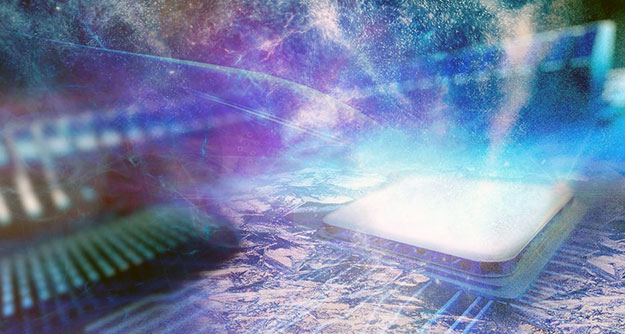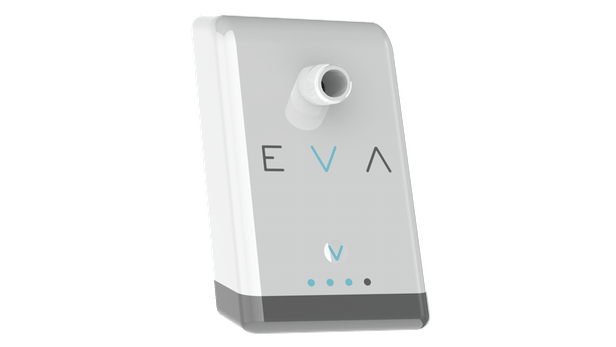Every year, electronic components shrink a bit more, allowing engineers to create more powerful and sophisticated chips. Unfortunately, these chips also generate a lot of heat, so novel cooling systems are needed to keep them running. As part of DARPA’s ICECool-Applications research program, Lockheed Martin is developing a way of cooling high-powered microchips from the inside using microscopic drops of water.
 Ever since the first vacuum tube was invented by John Fleming in 1904, heat has been the nemesis of electronics. It’s one reason why old radio sets are built like furniture and why the first computers filled whole rooms. Each valve was basically an incandescent bulb and air needed to circulate around them to keep them cool. Read more
Ever since the first vacuum tube was invented by John Fleming in 1904, heat has been the nemesis of electronics. It’s one reason why old radio sets are built like furniture and why the first computers filled whole rooms. Each valve was basically an incandescent bulb and air needed to circulate around them to keep them cool. Read more





